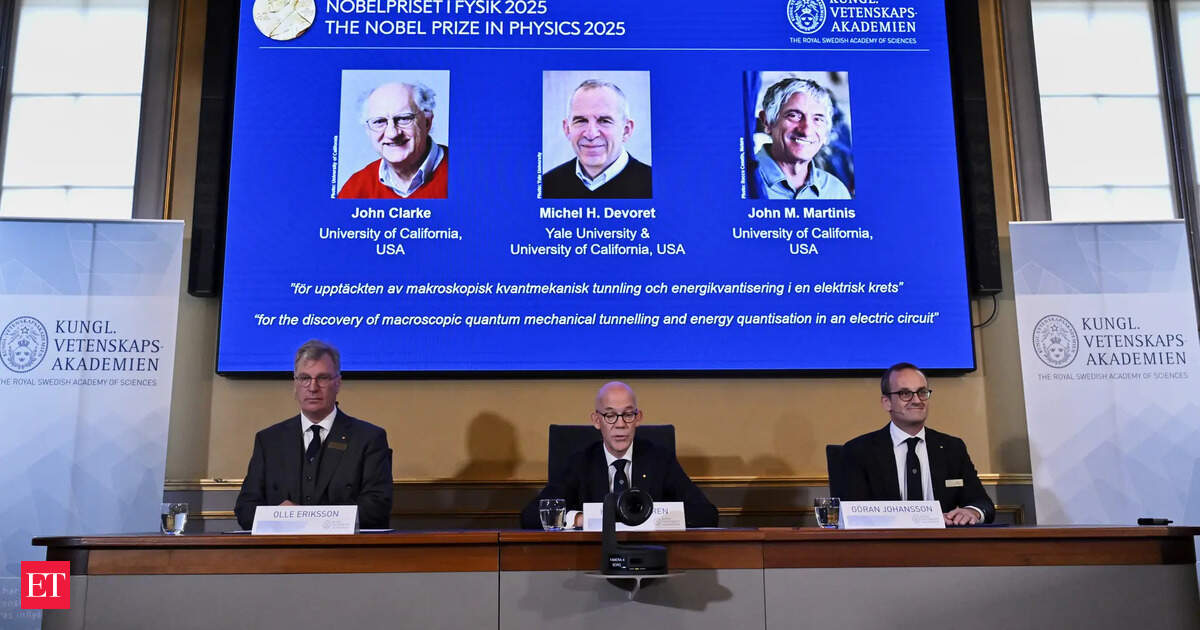Meet Clarke, Devoret and Martinis — the 2025 Nobel laureates who brought quantum tunnelling to life
Three physicists at UC Berkeley have been awarded the 2025 Nobel Prize in Physics. They discovered quantum mechanical tunnelling and energy quantisation in an electric circuit. This groundbreaking work proved quantum rules exist in visible, tangible systems…

When the world of physics finally crowned its 2025 Nobel laureates, the announcement was a quiet but profound affirmation that the strange laws of quantum mechanics can, and do, govern everyday, macroscopic objects. Three brilliant scientists from the University of California, Berkeley—John Clarke, Michel H. Devoret, and John M. Martinis—were awarded the prize for a pioneering experiment that brought quantum tunneling and energy quantisation to life inside a simple electric circuit. The story begins in the 1980s, in the dimly lit lecture halls and laboratories of Berkeley, where a group of researchers was experimenting with superconducting circuits. Their goal was nothing grand: to understand how electrons move through tiny loops of wire cooled to near absolute zero. What they discovered was a triumph of both imagination and precision. By carefully designing a circuit that behaved like a tiny, solid‑state “atom,” they showed that the electrons in the loop could tunnel through a barrier that, according to classical physics, should have been impenetrable. The tunneling produced discrete energy levels—exactly the fingerprints of quantum behaviour. What makes this work so remarkable is that the system was not a cloud of sub‑atomic particles inside a vacuum chamber but a tangible, engineered circuit—something one could hold in a hand. The quantised energy states of the circuit were measured with a resolution that matched the predictions of quantum theory with uncanny accuracy. In other words, they proved that quantum mechanics does not merely apply to the microscopic realm; it can also manifest in engineered, visible systems. This breakthrough has already begun to ripple across the scientific landscape. The principles uncovered by Clarke, Devoret, and Martinis underpin the qubits that are the building blocks of quantum computers. Their work also opened a new pathway for exploring fundamental physics in controlled laboratory settings, allowing scientists to test the limits of quantum theory with unprecedented precision. In a world where quantum technology promises to revolutionise everything from secure communications to complex simulations, the 2025 Nobel Prize is a fitting tribute to those who dared to look at the simplest electrical components with the eyes of a quantum physicist. Their discovery not only deepened our understanding of the universe but also laid the groundwork for the next generation of technology. (Source: The Times of India)